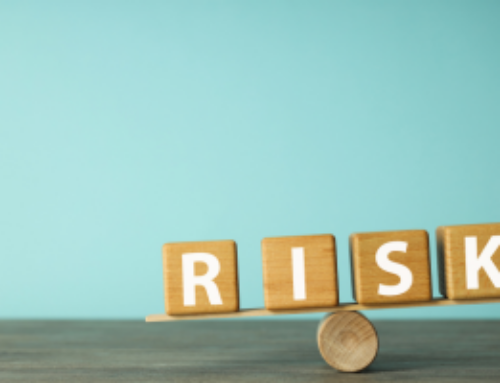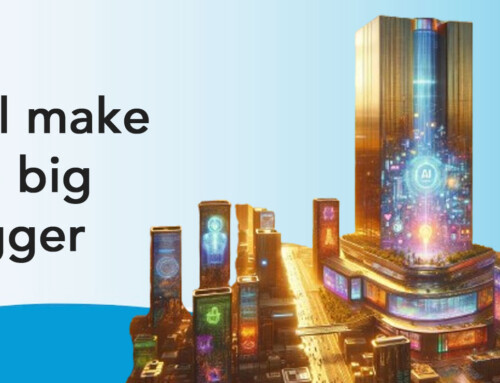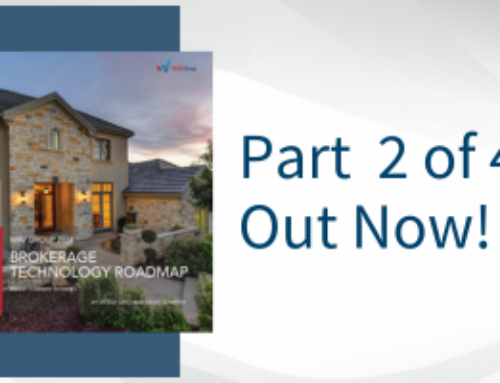As a data junkie, I love Top 10 lists. So, when The Counselors of Real Estate releases its member survey of current and emerging issues that will have the biggest impact on real estate in 2019 and 2020, I’m all ears – and eyes.
The 1,100 member Counselors released its Top Ten list once again at the National Association of Real Estate Editors conference, this year in Austin. The top concern? U.S. infrastructure was identified as the #1 issue impacting real estate.
That was a little surprising considering the #2 issue was Housing Affordability. I would have picked affordability as the number one issue by a landslide. Especially since nearly every reporter whom I spoke with at the NAREE Conference mentioned Housing Affordability as being one of the primary topics they were interested in covering.
With the shortage of new affordable stock coming from builders and the rampant investment from iBuyers in existing homes at the most affordable price-points, these pressures are helping to foster a major housing affordability crisis. I’m talking pushing toward Defcon 1!
I understand how vital our lagging attention to infrastructure improvements are. The Counselors argue “roads, bridges, tunnels, railways, airports, the power grid, water and stormwater systems, and the levees that protect cities and farmland from flooding appear to be giving way with greater frequency.”
One member wrote in their survey response that “crumbling infrastructure thwarts economic growth, and is a daily aggravation to many.” Yet housing affordability does much more than create a daily aggravation. Unaffordability delays or thwarts the American Dream of homeownership. Little adds more to the American economy than homeownership, directly and indirectly, provides more vibrant and stable neighborhoods, and even generates more civic involvement than homeownership.
Housing Affordability is more than a “hot button” issue – it weighs on the soul of America.
And long-term, the #3 issue may trump (excuse the purposeful pun) them all: “Weather and Climate-Related Risks,” with hurricanes, floods, and heatwaves. The impact of climate change is growing. Ask my Governor turned Presidential Candidate Jay Inslee about how important this issue is to the housing industry – and humanity.
The Counselors talk about two kinds of risk, “Both in terms of acute risk from hurricanes, floods, wildfires, landslides, and extreme snowfall, but also chronic risks from sea-level rise, drought, heatwaves, water scarcity, and food security.”
It’s a fascinating topic because of how the Counselors characterize the impact in real terms. “For many investors, they can no longer rely on historic performance to predict future returns. Climate risk has emerged as a new—and likely permanent—aspect of fiduciary duty and what it means to assess, disclose, and manage these risks for real estate investments,” The Counselors write.
They add, “since 2008, the volume of property and causality premiums written increased over 33%. The 2018 insurance losses for California topped $12 billion following the deadliest and most destructive wildfires in a century. More than 13,000 insured homes and businesses were destroyed out of more than 46,000 claims reported by insurers.”
“Midwest flooding is preventing farmers from planting crops, and there is much discussion about how weather is likely going to affect farmer yields this year. Following climate related events, property valuations are taking a big hit.”
“An analysis by NCREIF and National Hurricane Center data found that for all property types, on average a hurricane decreases values by almost 6 percent one year after the storm hits. The negative effect is even greater two years out with a 10.5 percent valuation decrease.”
Then there is #4 on the list: The Technology Effect. Technology, they note, is now impacting commercial real estate beyond what it takes to run a building, i.e., automated building control systems such as HVAC, elevator, lighting, and parking.
It’s the emergence of “new technology leveraging the Internet of Things (IoT), big data, analytics, digital twin, artificial intelligence (AI) and blockchain that is having a burgeoning impact on real estate.” And The Counselors warn we ain’t seen nothing yet.
They write, “These are all moving faster than the industry can assimilate them and as a result, we see a wide variety of solution types, adoption rates, vendors and results.
“If this makes your head hurt, it’s just getting started. The industry is moving into overdrive with increased intensity on occupant experience where all of this comes together in near real-time by having to track people and react with environmental conditions, amenities and responsive services, and dynamic billing or allocation—all requiring integration and automation like never before.”
It’s easy to understand why vast sums of VC dollars are flooding into the Commercial Real Estate space!
Topping out the Top 5 of the Top 10 list is the “End-of-Cycle Economics.” What a polite way of avoiding the “R” word – the return of a Recession. The Counselors share a very thoughtful – and poignant – reminder of what former Fed Chair Alan Greenspan once confessed about The Great Recession, that he “never saw it coming.”
All current signs point to a strong economy about to set a growth record. The Counselor writes, as we “continue to see strong employment expansion, and some improvement in incomes. The Bureau of Labor Statistics “JOLTS” indicator (Jobs Openings and Labor Turnover Survey) is measuring a greater number of available jobs than there are prospective workers to fill them. Yet, under such strong conditions, inflation and interest rates remain low, and consumer confidence levels are relatively elevated.”
Then they add this cautionary flag:
“This all looks like a ‘Goldilocks’ condition, as the U.S. is ready to set a record for the duration of a rising business cycle. Nevertheless, the very ebullience of the economic psychology may be causing us to ignore the very nature of cycles – that they peak just as a downturn is nigh.
“There is a tendency to forget in good times, as well as a false expectation that the shape of a previous downturn will help predict the conditions of the next recession. Extrapolating recent trends indefinitely into the future while ignoring signs of the limits to growth sets us up for harsh surprises.”
As I read this, I remember that for centuries, civilizations have built its greatest edifices just before major downturn or collapse. These Counselors know that real estate is cyclical. “Most CREs have weathered four or more recessions over the course of their careers and have seen (especially in the collapse of values 1989-1994 and again 2008-2011) how economic exuberance can deflate unexpectedly.”
Here’s their complete 2019 Top 10 list:
- Infrastructure
- Housing in America (affordability)
- Weather and Climate-Related Risks
- The Technology Effect
- End-of-Cycle Economics
- Political Division
- Capital Market Risk
- Population Migration
- Volatility and Confidence
- Public & Private Indebtedness
You can read their excellent Blog about their take on each of these trends here. After reading it, you might find yourself a bit exhausted and worried as well.
Does anyone want to share a Top 10 list of positive trends impacting real estate?
# # #
To stay on top of the most important issues facing real estate today, subscribe to the WAV Group newsletter HERE.





Leave A Comment